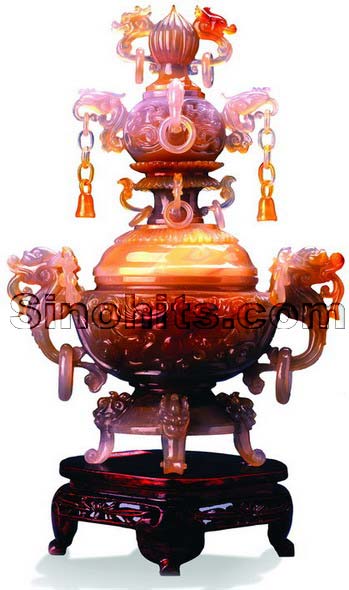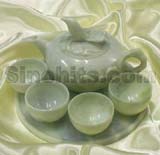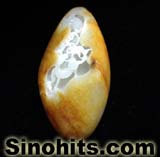| |

Xiuyan Jade

Lantian Jade |

Hetian Jade |
|
Almost unique to Chinese culture, jade has always been playing a very important part people¡¯s lives in the Far East. Here you can get some quick facts and things you need to know about Chinese jade.
Different types according to function: ceremonial, funeral, ornamental, implemental, daily use, furnishing, and miscellaneous jades.
Different types according to texture: due to great varieties, the classification of jades is still an open question. According to Origin of Chinese Characters in the Eastern Han Dynasty, yu, meaning jade, is the beautiful stone. In Chinese culture, jade usually refers to emerald, nephrite, opal, turquoise, coral, or agate.
Brief history: As a gem relatively easier to process, jade became popular in ceremonies and everyday use among Chinese royalties in the Neolithic Age. The earliest excavated Chinese jade was about 8,000 years old. With the increasing popularity of Confucianism in fourth century BC, jade became a very important gem, because jade was said to have the characteristics of a Confucius gentleman, and its status was even more valued than noble metals. Today, jade is still a very valued gem with intense cultural connotations.
Places known for jade ore: Hetian jade (in Northwest China¡¯s Xinjiang Uygur Autonomous Region), Xiuyan jade (in Northeast China¡¯s Liaoning Province), Lantian jade (in Northwest China¡¯s Shaanxi Province), and Nanyang jade (in Central China¡¯s Henan Province). |

